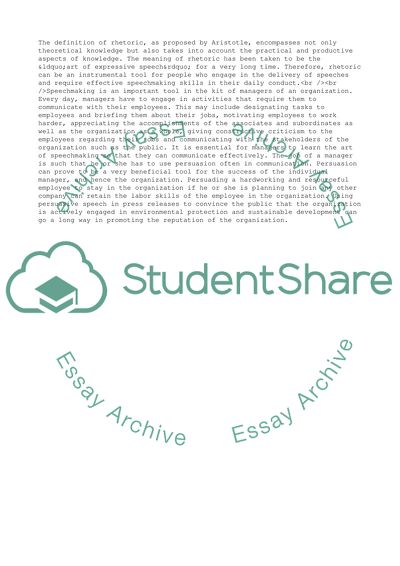Cite this document
(“The Relationship between Management and the Art of Rhetoric Research Paper”, n.d.)
The Relationship between Management and the Art of Rhetoric Research Paper. Retrieved from https://studentshare.org/management/1746580-the-relationship-between-management-and-the-art-of-rhetoric
The Relationship between Management and the Art of Rhetoric Research Paper. Retrieved from https://studentshare.org/management/1746580-the-relationship-between-management-and-the-art-of-rhetoric
(The Relationship Between Management and the Art of Rhetoric Research Paper)
The Relationship Between Management and the Art of Rhetoric Research Paper. https://studentshare.org/management/1746580-the-relationship-between-management-and-the-art-of-rhetoric.
The Relationship Between Management and the Art of Rhetoric Research Paper. https://studentshare.org/management/1746580-the-relationship-between-management-and-the-art-of-rhetoric.
“The Relationship Between Management and the Art of Rhetoric Research Paper”, n.d. https://studentshare.org/management/1746580-the-relationship-between-management-and-the-art-of-rhetoric.


